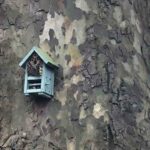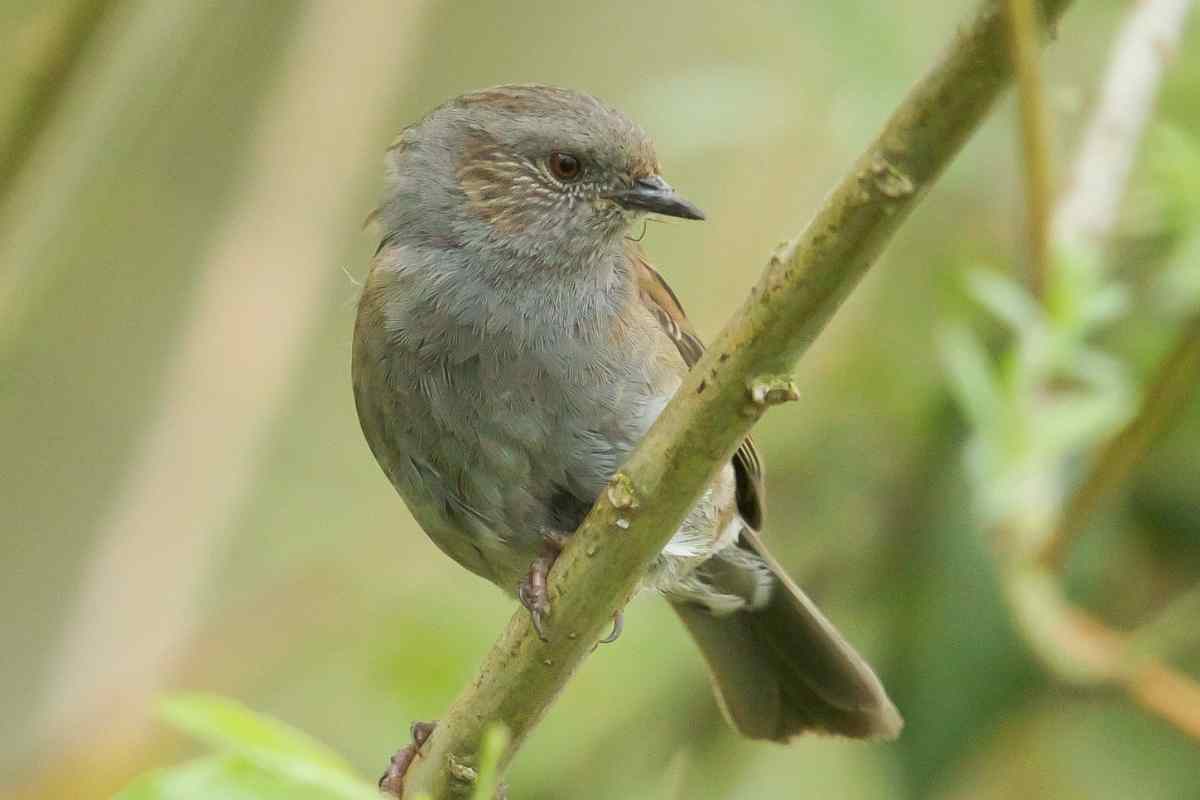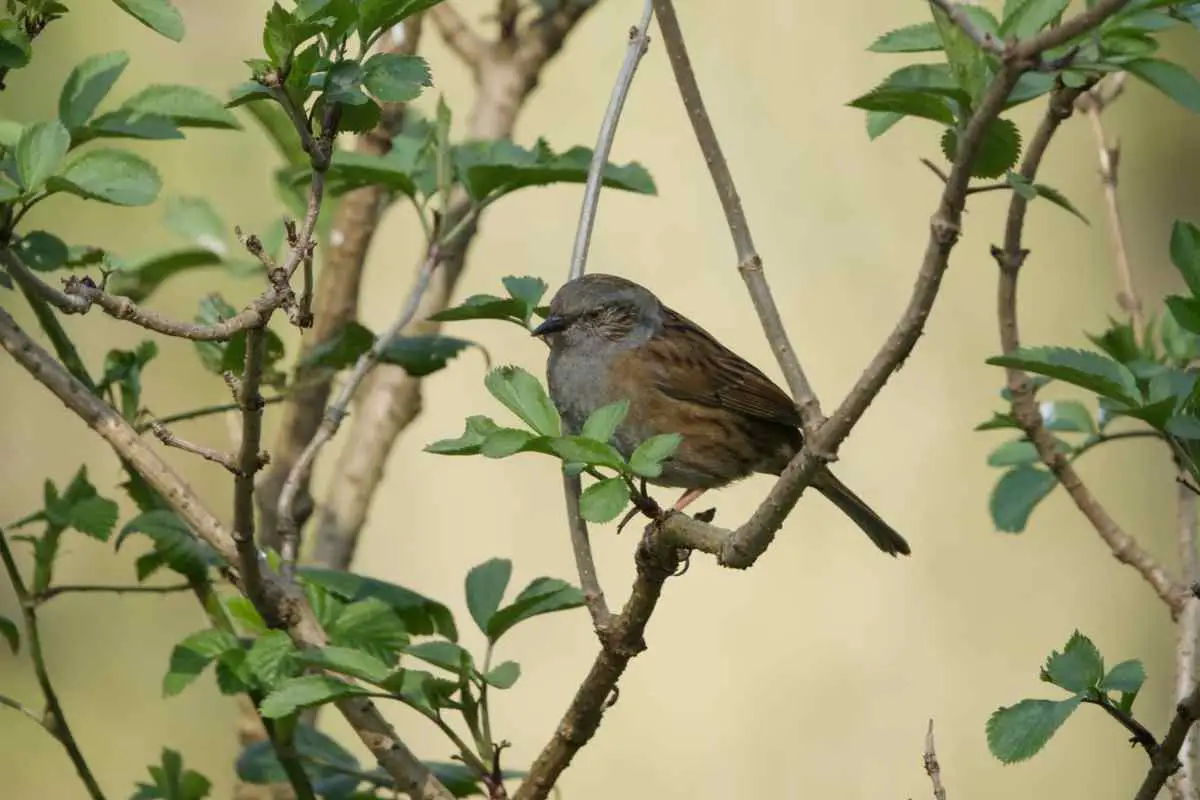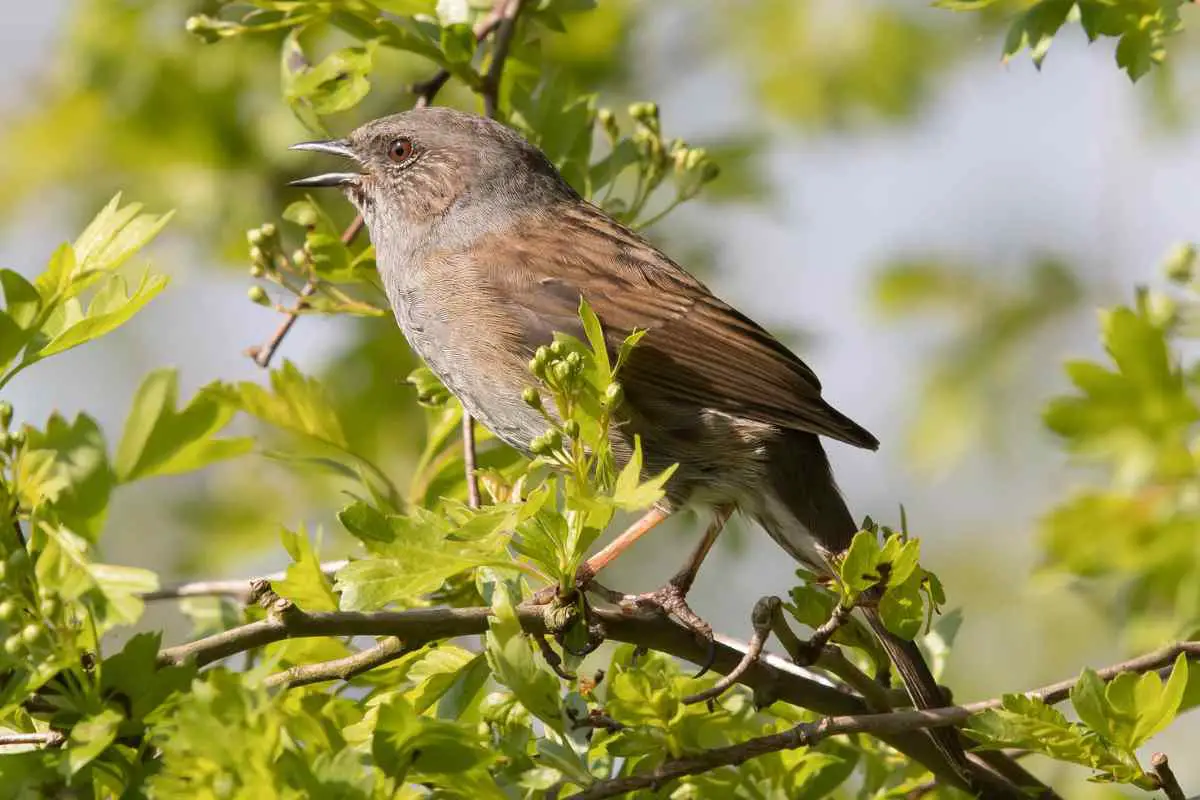Insect Houses are growing more and more in popularity within the gardening community to help insect bread safely. But where should they be located?
Here at The Walled Nursery, we recommend locating your insect house 5feet high in a sturdy location e.g. wall or tree in a shady area. This article explains why.
Table of Contents
Why should you Keep Insect Houses Dry?
Insect houses are not inviting to their intended recipients if they are saturated by rain all the time, and few insects will choose to shelter in them if they are. Insects drown easily, and almost all prefer to be somewhere dry.
Although some insects can cope reasonably well with wet conditions, it is best to put their home – where they will be raising young and need to feel safe – somewhere dry. An overhang of a roof can be a good option, or you could situate one beneath a tree branch or under a dense hedge.
If you can’t find a dry spot, consider installing a small, slanted roof above the house so that the rain will run off, rather than soaking into the wood of the house.
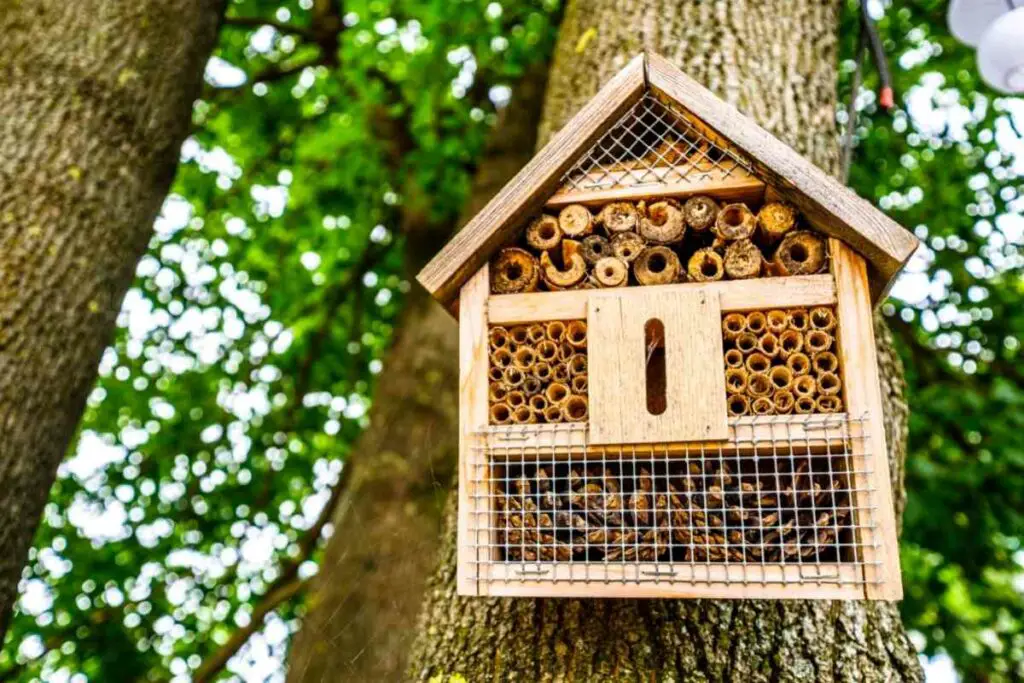
Why Should Insect Houses be located in Shade?
Although insects prefer to be kept dry, they do not like to be baked, especially when they have eggs or young inside the house.
If you put the insect house in a very hot spot, you will probably find that insects ignore it and look for other spots. This depends a bit on which insects you are trying to attract, but overall, cool and shady are better. Again, the shelter of a tree can work well, and will also give the insects protection from rain and cold.
Why to Position Insect Houses High Up?
Keep your insect house away from pets and children. Although most cats, dogs, and other pets are unlikely to bother insects, it’s still a good idea to keep bug houses elevated from the ground and out of reach of unwelcome visitors.
Children are even more likely to be an issue if they are too young to understand that the insects should be left in peace, so make sure the house is firmly out of reach of any kids living in your house.
This is particularly true if the insects may be dangerous to your child or your pet. For example, if you are looking to attract bees, it is best not to let your cat or dog end up near the house in case the bees feel threatened by the animal even if it is not taking an interest in them.
Don’t put your insect house low to the ground, but situate it at least a few feet up so the insects will be safe inside.
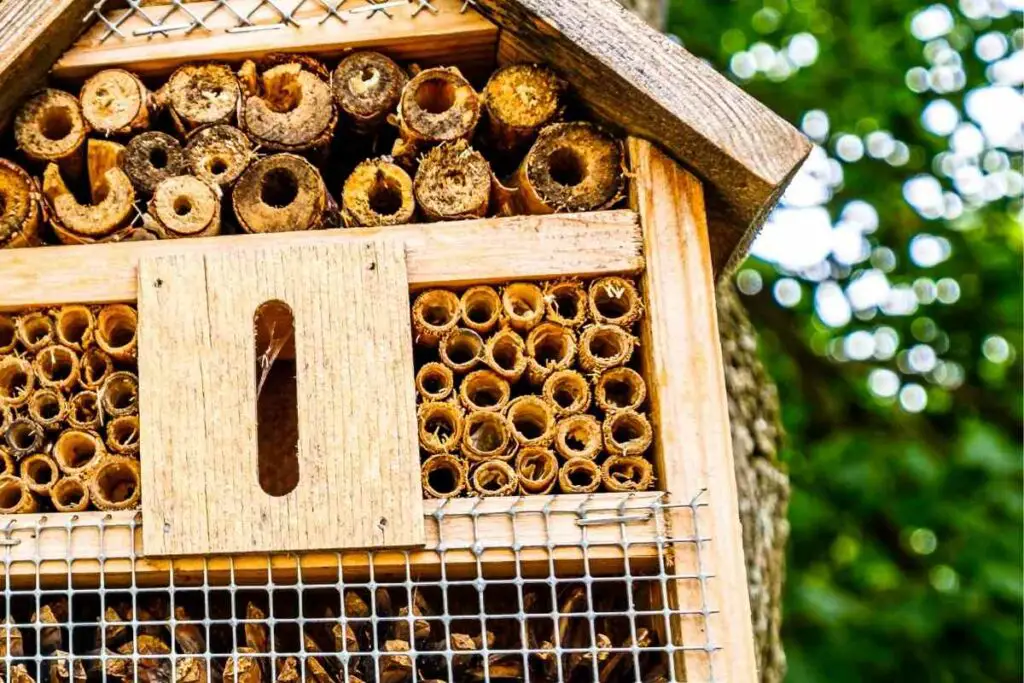
Why’s it important to Fix Insect Houses Firmly?
Make sure you can fix it securely to the wall or tree. A bug house needs to be stable. The last thing you want is the house falling in a high wind and scattering its inhabitants everywhere, or breaking and killing them.
Make sure that you have a good, flat surface to screw the house too, or use a strong string (preferably wound around several times) to tie it with. Don’t attach it to a flimsy branch or twigs that are likely to get broken.
Many people screw bug houses to the edge of their homes. This has a secondary advantage, which is that your home will be warm and will protect any overwintering insects from frosts. Although most insects will leave before winter, this may help some species.
Why You Shouldn’t Put Insect Houses In Strong Sun?
Avoid the direct sun at any time of day. This ties in with having a shady spot, but bear in mind that insects like the dark on the whole. Although you shouldn’t bury your insect house so deep in the foliage that nothing will find it, it’s a good idea to put it in a dark area.
Even things like bees, which spend a lot of their time in the sun, will prefer this because it makes them feel safer and keeps their eggs and larvae cool.
Before you attach your insect house, it’s a good idea to spend some time looking at the way the light falls in your garden. Check where the sun falls at different times of days, and position the insect house accordingly.









